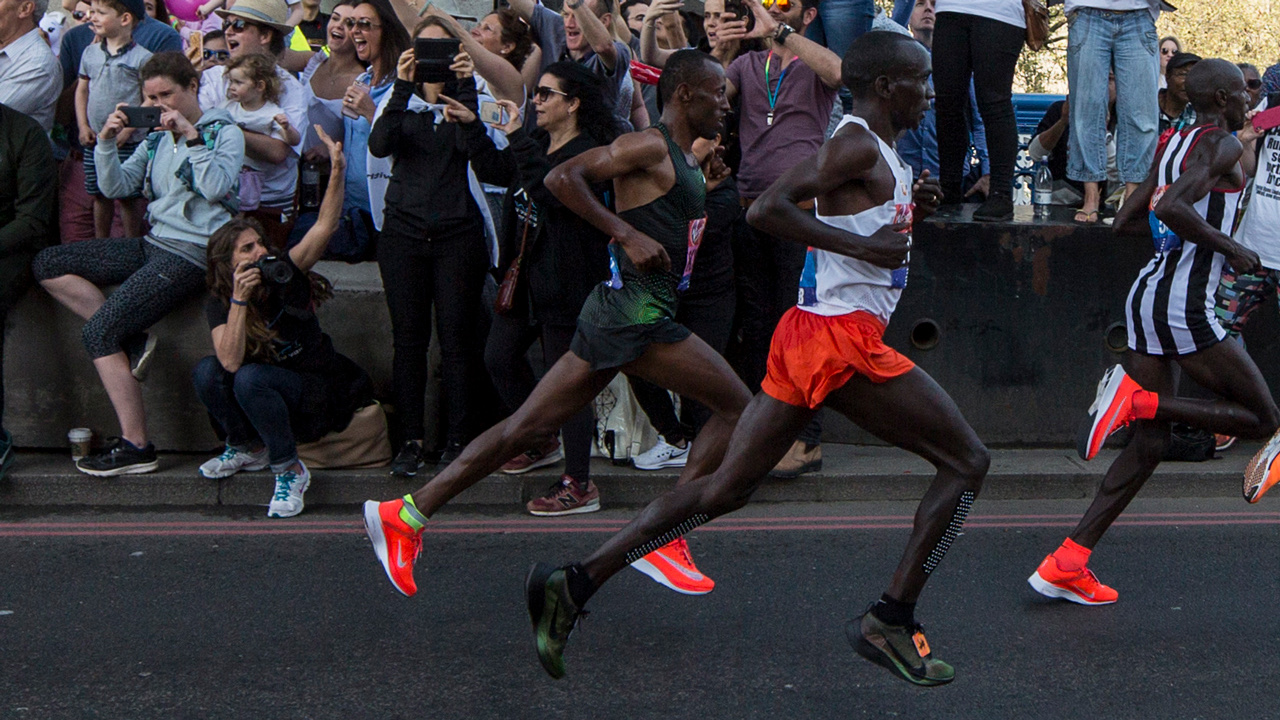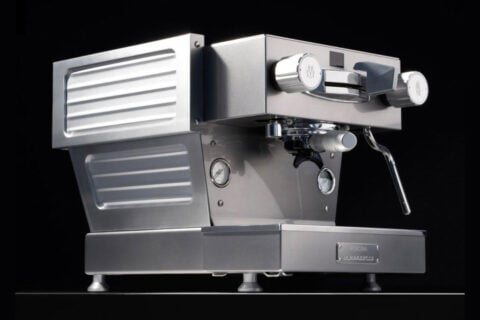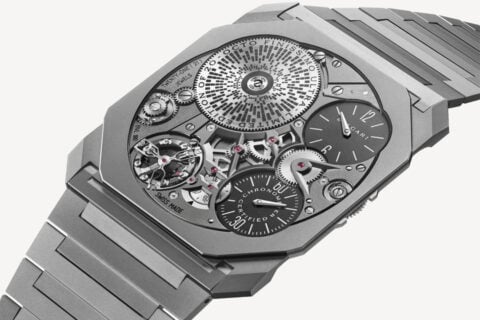Nike recently introduced its first 3D-printed textile upper in performance footwear – the Nike Flyprint. Essentially, it is produced through solid deposit modeling (SDM), a process whereby a TPU filament is unwound from a coil, melted and laid down in layers. To develop the Flyprint uppers, first they need to collect athlete data, then compute (through computational design tools) to affirm the ideal composition of the material. Finally, that information is employed to produce the final textile. This process proves the versatility of the Flyprint textile, as well as the increased pace of overall design time. Through performance printing, Nike is capable of prototyping 16-times quicker than in any previous manufacturing method.
https://www.youtube.com/watch?v=RFW35vTTGQI
The new 3D performance material also has an increased dynamism over traditional 2D fabrics, which is a result of adding an interconnection beyond a warp and weft. For instance, whereas in a knit or woven textile there is frictional resistance between the interlaced (warp and weft) yarns, in a printed textile, due to its fused intersections, there is greater potential for precision-tuned containment. It is also lighter and more breathable than Nike’s previously innovated textiles.
The first running shoes crafted with Flyprint are the Nike Zoom Vaporfly Elite Flyprint, specially made for Kenyan long distance runner, Eliud Kipchoge. The shoe aims to improve on Kipchoge’s original pair, which results in 11g less weight, and driven by his feedback following last year’s Berlin Marathon and through a rapid-fire prototyping phase. Learn more about it here.







